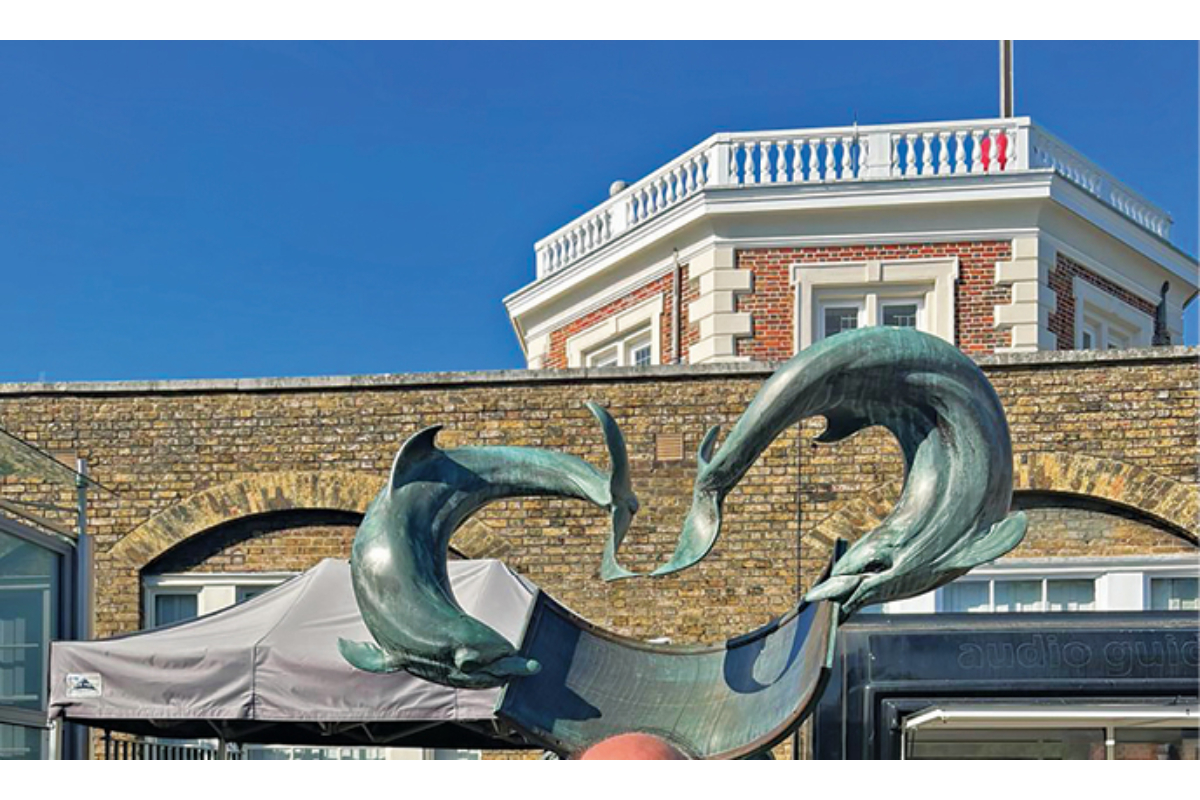
Division of time at the Royal Observatory
We had already seen the swing cars of Patriata, Ayubia and Malam Jabba in our homeland but today we have to see the swing cars from the United Arab Emirates in the Western Gateway area of Greenwich in London.
While travelling on this chairlift, you will have a bird’s-eye view of London’s River Thames and its peninsula. This chairlift, developed by the Emirates Airlines, was inaugurated 10 years ago in June 2012. This cable car ride can in no way be compared with Ayubia, Patriata and Malam Jabba but you can’t ignore it by calling it inferior.
The cable car is located near the City Hall where the River Thames forms a peninsula. The river surrounds the site on three sides. Reaching the air, while travelling on the chairlift, the truth of the claim is revealed that you have never seen London like this before.

We come out of there. Now, we have to come to Greenwich, where the process of dividing time was born, where the scales and durations of seconds, minutes and hours came into being, where the lines of longitude and latitude on the earth came into existence, where distances and time distribution methods were invented to reach the colonists.
We board a bus from the cable car area to Greenwich Royal Park. A few minutes later, the bus drops us off at a residential area from where we have to walk quite a lot. On the way, we see a vast grassy field some sheep grazing.
As we go further, we find that these are not sheep, but ducks, and they are very fat and spread like sheep in the meadow. Now, the residential area is left behind and we see long rows of cars parked on both sides of the grass field and the two-way road. Ahead there was another road from East to West and a high wall stands on the north side of the road beyond which nothing is visible.
We proceed along the road to the East of the wall. The wall runs along, after a long walk a main gate of the wall is visible, through this gate we enter the Royal Greenwich Park. There is a certain intensity in the atmosphere and the heat is felt.
It is a huge park, there are many trees. Various types of trees are adding to the beauty. I did not see any of them similar to the trees of our own country. We can call this park a garden, it is a huge garden spread over an area of 180 acres of land. This is the largest park or garden in the south-east London.
We walk through the main entrance and stop for tea at the lone cafe here. In front of us is the Royal Observatory where time was measured and where the seconds, minutes and hours came into existence. We drink tea and walk towards this laboratory.
The proposal for the establishment of this laboratory was presented to King Charles II by Sir Jones More in 1674. This is the same Charles II who came to power after the execution of his father by Cromwell after the British Civil War and the end of Cromwell’s power he took the charge and got the title of King Charles II.
King Charles II was a contemporary of Aurangzeb Alamgir. Rather, Alamgir was 12 years older than Charles II, but he lived for 22 years after the death of Charles I. Alamgir left no surviving brother and only sister, while Charles II had appointed Jones Moore as the surveyor general who came up with the idea of a Royal Observatory.
The building of this laboratory was built under a royal order but Johns Moore bought the basic equipment and instruments out of his own pocket. The work of building this laboratory was done by Christopher Furian and Robert Hooke.
Britain was doing scientific research for the European Renaissance and we were building royal tombs, palaces, amusements, 12 gates and other buildings. During the reign of King Charles, John Flamsteed was appointed as the director of this laboratory. As we walked, we reached the yard of the observatory building. Here we saw a writing about John Flamsteed’s first experiment.

He had seen a dark reflex camera here, which we also saw. I had seen such a reflex camera around 54 years ago near Jampur city. Here I was staying in my relative’s village for my education. Near their village was the Government Primary School Gedarwala. I was taken to this school by my relatives. I was in class nine and a child of class five brought me to a room then he and one of his classmate went out.
Outside, the boys shook their hands and feet for a while, than danced for a while and pretended to fight, we experienced it all playing like a movie on the screen on the wall of the room. It was a surprise to me. The children pointed out a small hole in the wall of the room and said that this hole works like a camera.
We look at John Flamsteed’s first experiment where we looked at certain distant locations of the Greenwich with the help of a similar reflective camera from a specific vantage point. It would probably be the building that led to the invention of the camera.
Perhaps the path to the invention of the movie camera will also be explained from here. We come out of this room and stand in front of a steel device. In this device, two steel fish hold a device in their mouths, the mouths of both fish are one. They are in front of each other and the tails have come close to each other in a circle.
The shadow of the tails is falling on this board-like device and the seconds, minutes and hours are visible where this shadow is falling. This is a complete clock on which the division of time is shown by the shadows of the tails of the falling fish. This device is installed along the rear wall of the building in an open location.
Sir Jones Moore donated two clocks to the laboratory, which were invented by Thomas Tampion, possibly one of the clocks, I have just mentioned. Flamsteed’s star-studded tables in the original warehouse housed the scientific instruments used in the work. With the passage of time, this observatory became a large institution. The observatory then began to carry out major tasks, including navigation, time distribution, meteorological and magnetic observations, astronomical photography, spectroscopy and advising the government on technical matters.
One of Flamsteed’s major tasks was the preparation of a suitable chart to indicate longitude. Now the work of making star charts also began. King Charles died in 1685 at the age of 55, but in the following centuries the work continued throughout the ages.
At this point, in a period of 12 years from 1750 to 1762, James Bradley, an astronomer, prepared a chart of 60,000 stars and the chart was used accurately until the 1940s. The work on astronomy that began in the 17th century continued to be innovated in the following centuries.
We continued to move from one room to another in this warehouse. We continued to pass through the world of wonders, seeing the phenomena of science, mathematics, astronomy, geodetic measurement, longitude and latitude, we continued to measure time.
Instruments and early clocks and watches are moving forward. We are seeing the rooms of scientists from centuries ago, their tools and equipment. We are travelling from one floor to another. During the Renaissance Europe left the path of the tangible and began to follow the path of rationality. Italy led the way by paving the way for the cultural and astronomical revolution.
In France, Rousseau and Voltaire paved the way for the political revolution. In Britain, Darwin, Marconi and John Flamsteed paved the way for the Scientific Revolution.
In Germany, Immanuel Kant, Friedrich Hegel, Karl Marx, Engels and other philosophers raised the fundamental questions of philosophy and laid the foundation for the dialectical philosophy of politics.
The British Civil War, the American War of Independence, the French Revolution and even before these events, machine automation set the path for the Industrial Revolution.
The revolutionary experiences of Europe created innovation in their life. Lost in the thoughts of Renaissance, I step out of Grinch Royal Station with my wife and children and walk towards Grinch Tube Station, our journey is downhill. Grinch Royal Park is still going on, in front is the field where the kid sang Bande Mataram in the shooting of Kabhi Khushi Kabhi Gham (a Bollywood movie).
In my heart, I sing the national anthem of Pakistan and come out of the park. I look upon the great city of this important country of Europe with mixed feelings of envy and jealousy.
Catch all the The Globe News, Breaking News Event and Latest News Updates on The BOL News
Download The BOL News App to get the Daily News Update & Live News.





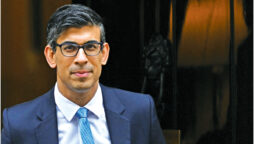
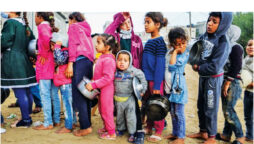
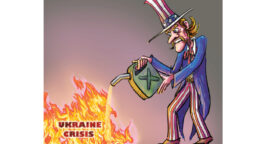
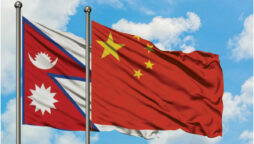
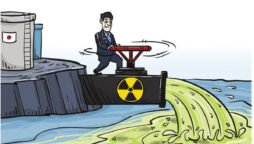

 Read the complete story text.
Read the complete story text. Listen to audio of the story.
Listen to audio of the story.